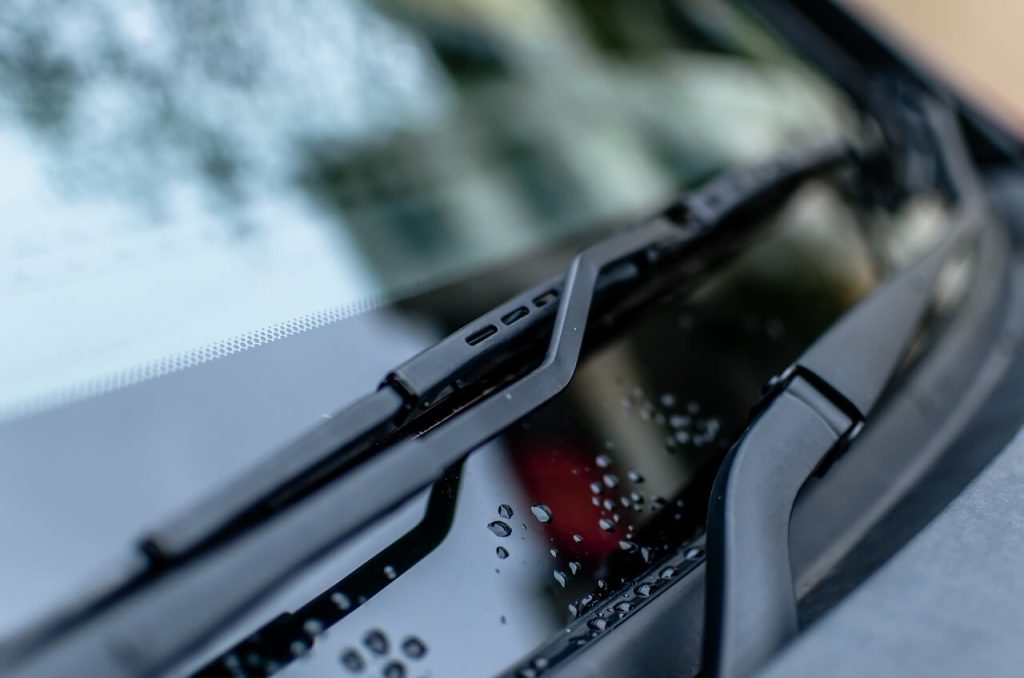Last Updated on June 23, 2023 by Mark S. Taylor
To eliminate stale or tainted fluid from the system, one simple maintenance procedure is to drain the windshield washer fluid. Washer fluid may need to be drained and refilled if it gets dirty or loses its efficiency over time. We’ll provide you a step-by-step tutorial in this post on how to drain windshield washer fluid efficiently.

Contents
Why You Should Drain Your Windshield Washer Fluid
You might wish to drain the windshield washer fluid for the following reasons:
• Contamination: Draining the fluid enables you to replace it with new, clean fluid if it has become dirty, become contaminated, or has an unpleasant odor.
• Seasonal changes: Emptying and refilling the reservoir may be necessary if you switch to a washer fluid formula that is better suited for various weather conditions.
• Maintenance: Regular emptying and refilling of the washer fluid helps to guarantee optimum windshield wiper operation and visibility.
Safety Measures
Be sure you take the following safety procedures before draining the windshield washer fluid:
Place your car in park on a level surface and press the parking brake.
- Exit the vehicle and take the key out of the ignition.
- Permit the engine and windshield to totally cool.
- To avoid coming into touch with the fluid and any potential splashing, put on safety goggles and gloves.
Getting Windshield Washer Fluid Out
Step 1: Find the reservoir for the windshield washer fluid.
The reservoir for the windshield washer fluid is usually found close to the engine or the fender well. Consult the owner’s manual for your car or look for the reservoir cap that has a windshield wiper symbol on it.
Step 4: Prepare a drain pan.
Underneath the reservoir, place a drain pan or other container to capture the liquid as it drips out. Make that the pan has enough space to hold all of the washer fluid in the reservoir.
Step 3: Disconnect the drain hose or plug
Depending on the make and model of your car, the reservoir may have a drain plug at the bottom or a hose attached to it. To allow the fluid to drain, carefully remove the drain cap or cut the hose.
Step 4: Enable Drainage of the Fluid
Drain the windshield washer liquid entirely into a pan or other container. This could take a while. Check to make sure the liquid isn’t dripping or leaking outside the drain pan.
Step 5: Reinstall the drain plug or hose.
Reinstall the drain plug or firmly reattach the hose to the reservoir once the liquid has completely drained. To avoid any leaks, make sure it is correctly fastened.

Why a Windshield Washer Pump Might Be Faulty
A broken windshield washer pump can be caused by a number of things:
Electric motor failure: The pump’s electric motor may stop working properly owing to wear and tear or electrical problems.
Debris, grit, or sediment in the washer fluid can block or harm the pump, impairing its functionality.
Electrical wiring problems, such as loose connections or frayed wires, might interrupt the pump’s power supply and cause pump failure.
worn-out seals: The pump’s seals might degrade with time, leading to leaks and reducing the pump’s effectiveness.
Signs of a Malfunctioning Windshield Washer Pump
Being aware of the signs of a failed windshield washer pump will enable you to take prompt action:
Lack of Washer Fluid Spray: If the washer system is on but no fluid sprays onto the windshield, there may be a pump issue.
Weak or Erratic Spray: A partially blocked or broken pump may be the cause of the washer fluid’s weak or erratic spraying.
Unusual Noises: Noises from the washer pump area that are grinding, whirling, or buzzing may be a sign of a motor or pump issue.
Fluid Leaks: Visible leaks close to the pump or the hoses may indicate a broken or malfunctioning pump that needs repair.
Should Windshield Washer Fluid Be Drained and Why?
There are various reasons why it’s required to drain the windshield washer fluid:
Fluid Contamination: The washer fluid’s cleaning power can be reduced over time as dirt, debris, and germs build up in it.
Seasonal Changes: To guarantee optimum performance in a variety of weather conditions, switching to a seasonally appropriate washer fluid is crucial.
System upkeep: Routinely flushing the washer fluid system eliminates old fluid, enables the entrance of new fluid, and helps avoid obstructions.
Draining Windshield Washer Fluid: Advice & Tips
Take into account the following advice and suggestions when draining the windshield washer fluid:
Locate the Reservoir: Look for the washer fluid reservoir, which is usually under your car’s hood. The owner’s handbook should be consulted for detailed instructions.
Get a Container Ready: Under the reservoir, set an appropriate container or drain pan to catch the liquid.
Remove Hoses: Remove the hoses that are attached to the reservoir and permit the liquid to completely drain into the container.
After the fluid has been drained, rinse the reservoir with water to get rid of any impurities or residue that may have remained.
After draining and washing, replenish the reservoir with the proper seasonal windshield washer fluid.
How to Deal with Frozen Wiper Fluid
During the colder months, dealing with frozen wiper fluid can be difficult. What you can do is:
Thaw the Fluid: To thaw the frozen wiper fluid, park your car in a warm garage or use a hairdryer. Use of hot water should be avoided since it may cause the reservoir or windshield to crack.
Replace with Winter Fluid: Think about switching to a windshield washer fluid designed for winter that has a lower freezing point. These liquids are designed to withstand freezing in colder climates.
Read More: How to Clear the Service Suspension System: A Step-by-Step Guide
Conclusion
You can address problems quickly and retain clear visibility while driving by being aware of the reasons and symptoms of a faulty windshield washer pump. A clean windshield is ensured through routine maintenance, which includes draining and replacing the washer fluid. For accurate diagnosis and repair, it is advised that you seek expert help if you experience a broken pump or frozen wiper fluid.
A1: Can a defective windshield washer pump harm the glass?
A1: The windshield is unlikely to be harmed by a malfunctioning windshield washer pump. The windshield could be scratched, though, if the washer fluid is tainted or includes abrasive particles. Such problems can be avoided with routine maintenance and the use of clean washer fluid.
How frequently should I empty the windshield washer fluid and re-fill it?
A2: The windshield washer fluid should be drained and refilled at least once every six months, or as instructed by the manufacturer of your car. However, if the fluid becomes contaminated or useless, more frequent draining can be required.
Is water a viable alternative to windshield washer fluid?
A3: Water is not advised to be used in place of windshield washer fluid. Water lacks the antifreeze or cleaning qualities required for good functioning, especially in colder climates.
Can I change the windshield washer pump on my own?
A4: Replacing the windshield washer pump might be difficult and technical expertise is required. It is advised to seek the advice of a qualified technician or mechanic for accurate diagnosis and repair.
Can I use windshield washer fluid that is concentrated?
A5: Before using concentrated windshield washer fluid, it should be diluted as directed by the manufacturer. Without dilution, the use of concentrated fluid might result in inefficient cleaning or even damage to the washer system.
